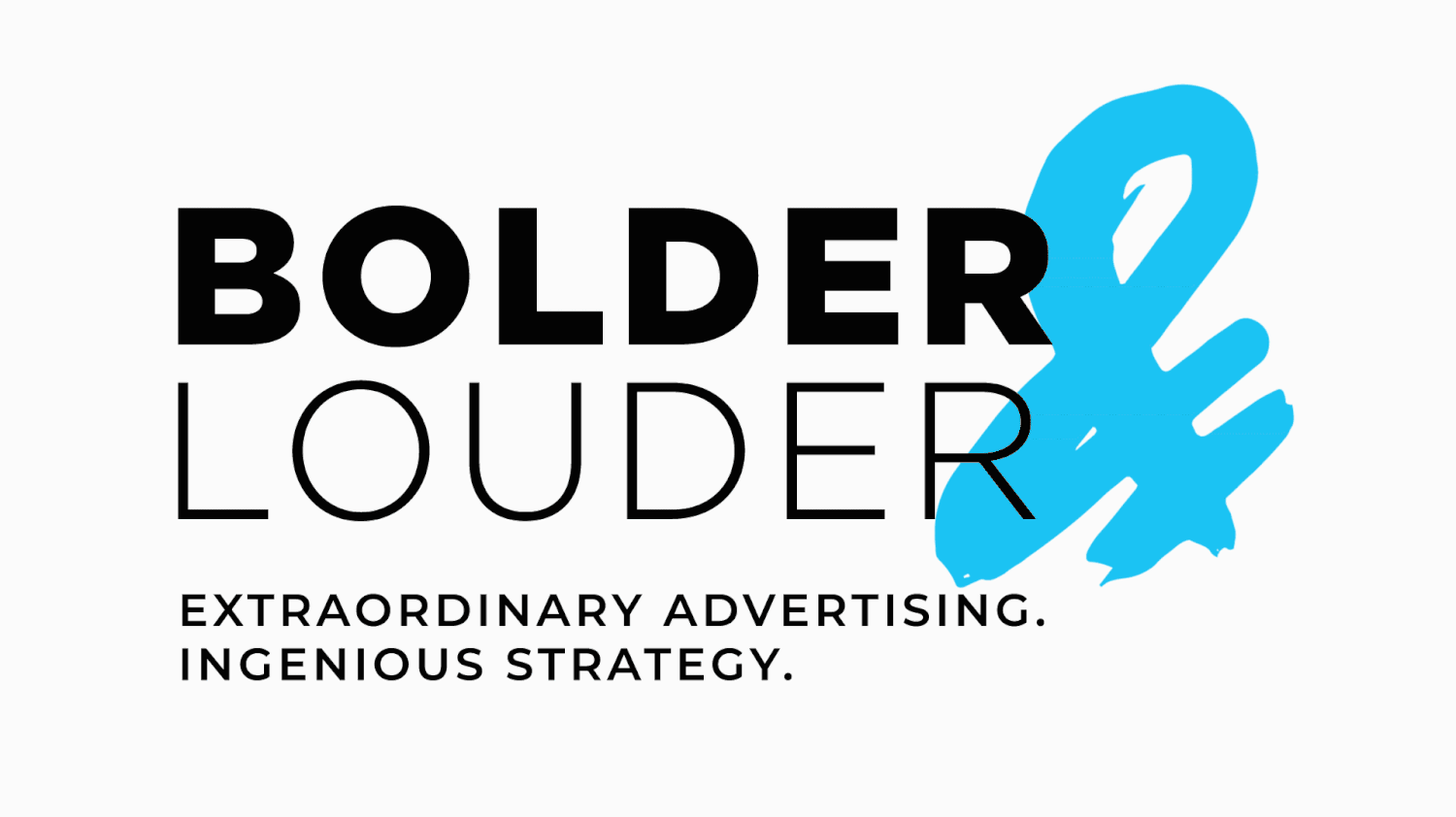Social Media Marketing Fundamentals: Have You Got These Bases Covered?
"As much as it's sometimes hard to make choices about where you invest, it's equally hard to make choices about where you don't invest and what you eliminate." — Anne M. Mulcahy
The importance of social media marketing is impossible to ignore. After all, 74% of the North American population and 53.6% of the global population spends their time browsing social media content and doing some serious ad clicking.
Chances are, more than 90% of your target audience is using one or more social media platforms, giving you an excellent opportunity to:
Market your products and services
Build customer relationships
Grow your audience
Increase brand awareness
Retain existing clients
And much more
One of the toughest parts of social media marketing is choosing which platforms to invest your money in. The majority of them have impressive potential, making you feel bad for not using them all. However, stretching yourself (and your marketing budget) thin to cover all platforms is counterproductive.
Let's take a closer look at how to choose the best social media platforms for your needs.
1. Consider the Nature of Your Business
Is your company B2B or B2C?
B2B companies — can benefit the most from LinkedIn (80% of B2B leads come from LinkedIn), YouTube, and Twitter
B2C companies — can benefit the most from Facebook, Instagram, Twitter, YouTube, Pinterest.
While the above-mentioned platforms can be an excellent place to start for many businesses, the choice also depends on other factors like marketing goals, target audience, and budget.
2. Identify Your Marketing Goals
The choice of social media platforms depends on which goals you currently want to achieve. While you may create business profiles on the majority of available channels, you don't need to invest money in all of them simultaneously.
Brand awareness — take advantage of a well-established platform with a large audience like Facebook (8 billion monthly active users (MAU)) and Instagram (1 billion MAU).
Lead generation — consider choosing social media platforms that have excellent paid advertising options with reasonable CPC (cost per click) rates like Facebook, Twitter, and YouTube for B2C and LinkedIn for B2B.
Customer relationships and retention — the best platforms for customer retention depend on which social media platforms your target audience prefers. If your budget allows an omnichannel SMM strategy, consider connecting with your audience across Facebook, Instagram, LinkedIn, and Twitter.
Keep in mind that the most effective social media marketing strategies are based on target audience demographics.
3. Evaluate Your Target Audience
The key to understanding which social platforms need your attention is evaluating your target audience. Where does your audience spend the majority of its time?
Focus on the demographics. Here are the top favorite social media platforms for each age group:
Baby boomers — Facebook, Pinterest, YouTube
Generation X'ers — Facebook, Instagram, Twitter, Snapchat
Millennials — Facebook, Instagram, YouTube, Twitter, Snapchat
Generation Z'ers — YouTube, Instagram, Snapchat, TikTok
By creating an ideal buyer persona and figuring out which social media platforms he or she loves the most, you can gain insight into which channel to try first.
4. Think about Your Content
Content marketing and social media marketing are tied together by the kind of content you can post on different platforms.
Does your audience appreciate long-form content like articles and blog posts? Then you may not benefit from such platforms as Instagram and Twitter.
Are you an e-commerce business that focuses on images and product descriptions? Your audience will find you on Instagram and Pinterest.
Keep in mind that long-form content like articles or videos has a longer shelf life than micro-content does. It can serve as a marketing tool for various aspects of your campaign.
5. Consider Your Budget
No matter how many social media platforms your marketing strategy requires you to use, it's up to the budget to make the final call.
Besides figuring out which content type is easier and less expensive to create, you need to consider the costs of paid advertising.
Costs Per Click:
LinkedIn — minimum $2
Pinterest — about $1.50
Instagram — $0.5 — $1
Facebook — about $0.97
Twitter — about $0.38
The cost per click can depend on various elements, starting from your bidding format and ending with your industry. It can often be the deciding factor when choosing which social media platforms to drop from your strategy.
6. Ask Google Analytics
If you've been marketing your business on social media for a while, figuring out which channels to focus on can be as easy as looking at the Google Analytics dashboard.
Check how many website visits you are getting from each of the platforms you are currently advertising on. You can find this information in Google Analytics under Acquisition>Social Networks>Referrals.
7. Don't Overlook Less Popular Platforms
Social media platforms are constantly evolving. You can often see how one platform introduces a new option only to be copied by another. Once you choose the best social media platforms for your business, don't stop looking. Another platform could become more efficient yet less expensive for your needs at any time.
Meanwhile, don't forget to keep an eye on the newest platforms like:
TikTok — over one billion million MAU
Clubhouse — limited audience (but not for long)
Or less popular options like:
Snapchat — 360 MAU
Tumblr — 642 monthly unique visits
Reddit — 430 million MAU
Or non-English social media networks (if you have an international audience)
WeChat, QQ, Sina, Weibo, QZone in China
Line in Japan
KakaoTalk in South Korea
Skyrock, Tuenti, and Vkontakte in Europe
If your budget allows, you can extend your efforts to less popular platforms to create an omnichannel experience for your target audience and power up your marketing tactics.
The Takeaway
When choosing the best social media platform for your business, you need to consider a variety of factors. The main ones are your target audience and budget. For a small business, it's often sufficient to work across the most widely used platforms like Facebook, Instagram, Twitter, and LinkedIn (for B2B).
Larger companies can spread their marketing efforts to less popular platforms with a higher potential.
Either way, social media is an integral part of your marketing campaign. Would you like to learn more about making it work for your business? Contact us at any convenient time.


